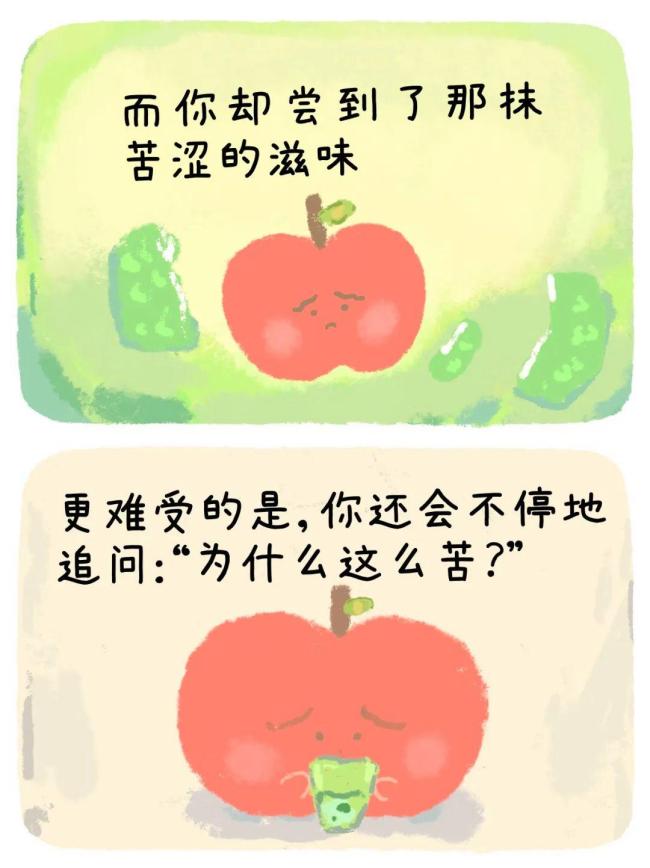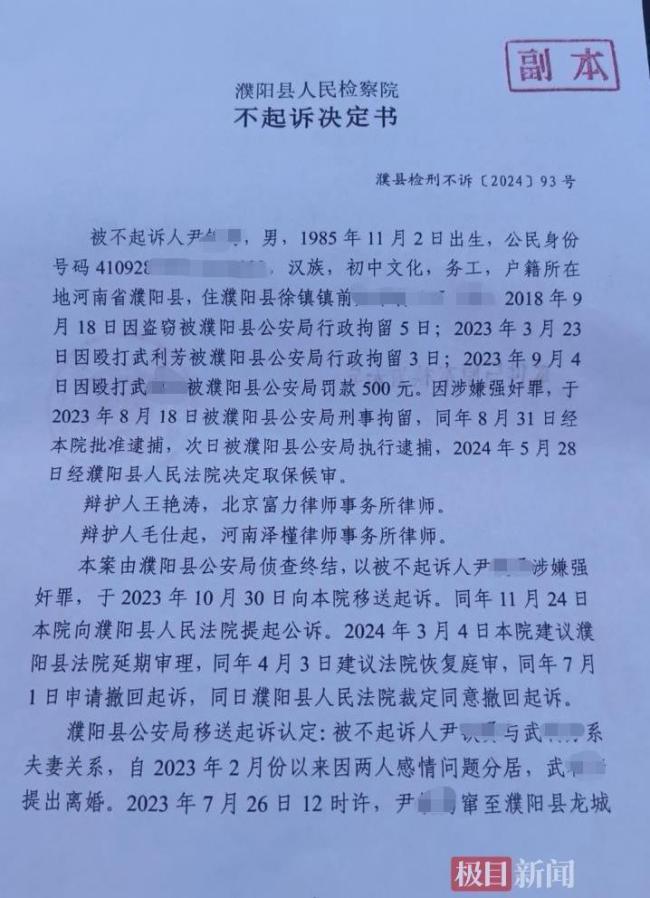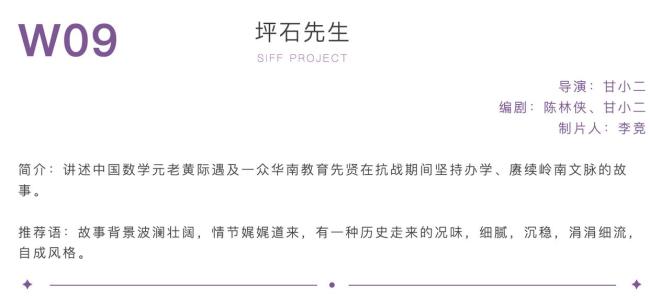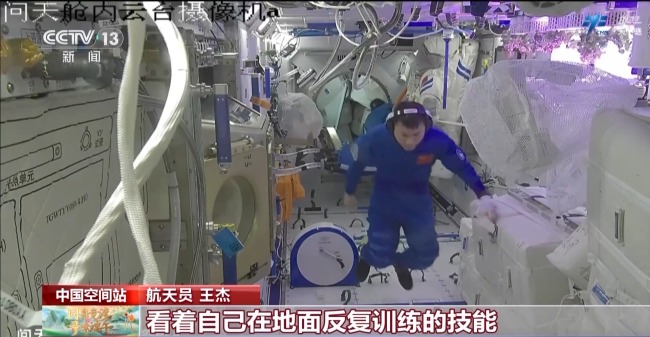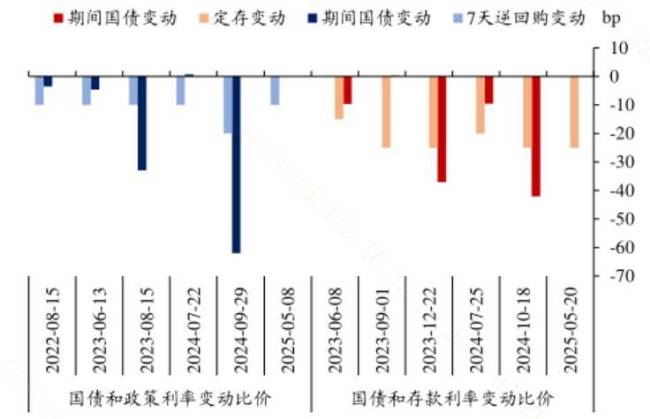大纲
- 概念
- 多态
- 支持的接口
- 主要模型设计(Models)
- 控制器设计(ShapesController)
- 数据源
- 查询(GET)
- 查询EntitySet中所有Entity
- 查询EntitySet中所有Entity的个数
- 查询EntitySet中派生类类型的Entity
- 查询EntitySet中派生类类型的Entity的个数
- 新增(POST)
- 新增基类类型Entity
- 新增派生类类型Entity
- 完整更新(PUT)
- 局部更新(PATCH)
- 通过基类类型进行局部更新
- 通过派生类类型进行局部更新
- 删除(DELETE)
- 主程序
- 服务文档
- 模型元文档
- 代码地址
- 参考资料
EntitySet 是 OData 数据模型的核心载体,它通过标准化的 HTTP 接口和查询协议,实现了实体集合的高效操作与灵活扩展。无论是简单的 CRUD 场景,还是复杂的多态查询与动态字段支持,EntitySet 都为构建可扩展、易维护的 RESTful 服务提供了坚实基础。通过理解 EntitySet 的工作机制,我们能更好地设计 OData 服务的资源结构,提升 API 的可用性与性能。
概念
EntitySet 可以理解为数据库中的一张表,或者说是某种实体类型(EntityType)的集合。在 OData 服务中,每个 EntitySet 都会映射到一个控制器(Controller),用于处理对该集合的各种操作(如查询、添加、更新、删除等)。
多态
在 OData(开放数据协议)中,EntitySet 对多态的支持是其数据模型灵活性的重要体现。通过多态机制,EntitySet 可以包含基类实体及其派生类实体,允许开发者在不修改服务端元数据的情况下,扩展实体类型的行为与属性。
举个例子:我们定义一个基类 Shape(包含 Id 和 Area 属性),其派生类 Circle(新增 Radius 属性)和 Rectangle(新增 Width、Height 属性),三者可共同存储在 Shapes 这个 EntitySet 中。
支持的接口
EntitySet自身不可以新增,只能向其新增Entity。
由于Put是完整更新,所以EntitySet没有该接口。但是可以更新部分的Entity(局部修改),所以可以有Patch接口。
同时EntitySet自身也不能删除,所以也没有DELETE接口。
| Request Method | Route Template | 说明 |
|---|---|---|
| GET | ~/{entityset} | 查询实体集中所有Entity |
| GET | ~/{entityset}/$count | 查询实体集中所有Entity的个数 |
| GET | ~/{entityset}/{cast} | 查询实体集中派生类类型所有Entity |
| GET | ~/{entityset}/{cast}/$count | 查询实体集中派生类类型所有Entity的个数 |
| POST | ~/{entityset} | 向实体集中新增基类类型Entity |
| POST | ~/{entityset}/{cast} | 向实体集中新增派生类类型Entity |
| PATCH | ~/{entityset} | 局部更新实体集中基类类型Entity |
| PATCH | ~/{entityset}/{cast} | 局部更新实体集中派生类类型Entityy |
主要模型设计(Models)
- Shape:基础形状类,包含 Id 和 Area 属性。
- Circle:继承自 Shape,增加 Radius 属性。
- Rectangle:继承自 Shape,增加 Length 和 Width 属性。
这种设计体现了面向对象的继承关系,方便在 OData 查询和操作时支持多态。
我们在工程中新增Models目录,并添加Shape、Circle和Rectangle类文件。

对应文件填入以下内容:
namespace Lesson2.Models
{public class Shape{public int Id { get; set; }public double Area { get; set; }}
}
namespace Lesson2.Models
{public class Circle : Shape{public double Radius { get; set; }}
}
namespace Lesson2.Models
{public class Rectangle : Shape{public double Length { get; set; }public double Width { get; set; }}
}
控制器设计(ShapesController)
在项目下新建Controller目录,其下新增一个ShapesController类。该类注册于ODataController,以便拥有如下能力:
- OData 路由支持
继承 ODataController 后,控制器自动支持 OData 路由(如 /odata/Shapes(1)),可以直接响应 OData 标准的 URL 路径和操作。 - OData 查询参数支持
可以使用 [EnableQuery] 特性,自动支持 $filter、$select、$orderby、$expand 等 OData 查询参数,无需手动解析。 - OData 响应格式
返回的数据会自动序列化为 OData 标准格式(如 JSON OData),方便前端或其他系统消费。 - OData Delta 支持
支持 Delta<T>、DeltaSet<T> 等类型,便于实现 PATCH、批量 PATCH 等 OData 特有的部分更新操作。 - 更丰富的 OData 语义
继承后可方便实现实体集、实体、导航属性、复杂类型等 OData 语义,提升 API 的表达能力。

using Lesson2.Models;
using Microsoft.AspNetCore.Mvc;
using Microsoft.AspNetCore.OData.Deltas;
using Microsoft.AspNetCore.OData.Query;
using Microsoft.AspNetCore.OData.Routing.Controllers;
using System.Reflection;namespace Lesson2.Controllers
{public class ShapesController : ODataController{……}
}
下面我们将在ShapesController 内填充代码
数据源
private static List<Shape> shapes =[new Shape { Id = 1, Area = 28 },new Circle { Id = 2, Radius = 3.5, Area = 38.5 },new Rectangle { Id = 3, Length = 8, Width = 5, Area = 40 }];
使用静态 List 存储所有形状对象,便于演示和测试。
查询(GET)
| Request Method | Route Template | 说明 |
|---|---|---|
| GET | ~/{entityset} | 查询实体集中所有Entity |
| GET | ~/{entityset}/$count | 查询实体集中Entity的个数 |
| GET | ~/{entityset}/{cast} | 查询实体集中派生类类型的Entity |
| GET | ~/{entityset}/{cast}/$count | 查询实体集中派生类类型所有Entity的个数 |
在下面的接口代码中,我们使用了Ok()方法。在正常情况下,也可以直接返回结果(return shapes),HTTP Response的内容和加了Ok方法(return Ok(shapes))一样,但是这依赖于框架的推导。这就导致某些情况下(如返回 null),没有加Ok()方法可能不会让框架自动包装为 404 或 204,易引发不一致的响应,所以强烈建议使用Ok方法。
我们还使用[EnableQuery]修饰了每个查询方法。这是因为这个特性让OData 控制器方法自动支持 OData 查询参数,如 $count、 $filter、$select、$orderby、$top、$skip 等。因为我们在实例中需要查询数量($count),所以使用了该修饰符。
查询EntitySet中所有Entity
| Request Method | Route Template | 说明 |
|---|---|---|
| GET | ~/{entityset} | 查询实体集中所有Entity |
[EnableQuery]
public ActionResult<IEnumerable<Shape>> Get()
{return Ok(shapes);
}
上述代码等同于
[EnableQuery]
public ActionResult<IEnumerable<Shape>> GetFromShape()
{return Ok(shapes.OfType<Shape>().ToList());
}
- Request
下面请求对应于ActionResult<IEnumerable<Shape>> Get()
curl --location 'http://localhost:5119/odata/Shapes'
下面请求对应于ActionResult<IEnumerable<Shape>> GetFromShape()
curl --location 'http://localhost:5119/odata/Shapes/Lesson2.Models.Shape'
- Response
它们返回的数据是一样
{"@odata.context": "http://localhost:5119/odata/$metadata#Shapes","value": [{"Id": 1,"Area": 28.0},{"@odata.type": "#Lesson2.Models.Circle","Id": 2,"Area": 38.5,"Radius": 3.5},{"@odata.type": "#Lesson2.Models.Rectangle","Id": 3,"Area": 40.0,"Length": 8.0,"Width": 5.0}]
}
查询EntitySet中所有Entity的个数
| Request Method | Route Template | 说明 |
|---|---|---|
| GET | ~/{entityset}/$count | 查询实体集中所有Entity的个数 |
- Request
curl --location 'http://localhost:5119/odata/Shapes/$count'
- Response
3
查询EntitySet中派生类类型的Entity
| Request Method | Route Template | 说明 |
|---|---|---|
| GET | ~/{entityset}/{cast} | 查询实体集中派生类类型所有Entity |
以查询Rectangle的EntitySet为例。
[EnableQuery]
public ActionResult<IEnumerable<Rectangle>> GetFromRectangle()
{return Ok(shapes.OfType<Rectangle>().ToList());
}
- Request
curl --location 'http://localhost:5119/odata/Shapes/Lesson2.Models.Rectangle'
- Response
{"@odata.context": "http://localhost:5119/odata/$metadata#Shapes/Lesson2.Models.Rectangle","value": [{"Id": 3,"Area": 40.0,"Length": 8.0,"Width": 5.0}]
}
查询EntitySet中派生类类型的Entity的个数
| Request Method | Route Template | 说明 |
|---|---|---|
| GET | ~/{entityset}/{cast}/$count | 查询实体集中派生类类型所有Entity的个数 |
- Request
curl --location 'http://localhost:5119/odata/Shapes/Lesson2.Models.Rectangle/$count'
- Response
1
新增(POST)
| Request Method | Route Template | 说明 |
|---|---|---|
| POST | ~/{entityset} | 向实体集中新增基类类型Entity |
| POST | ~/{entityset}/{cast} | 向实体集中新增派生类类型Entity |
在下面接口的代码中,我们使用了Created() 方法。它的作用是用于在 Web API 控制器中返回 HTTP 201 Created 响应,表示资源已被成功创建。它还会在响应体中包含新创建Entity(如 shape、circle、rectangle),并且会自动设置响应头中的 Location,指向新资源的 URI,方便客户端后续访问。
新增基类类型Entity
| Request Method | Route Template | 说明 |
|---|---|---|
| POST | ~/{entityset} | 向实体集中新增基类类型Entity |
添加一个 Shape类对象到集合。需要注意的是:不能通过此新增子类(Circle和Rectangle)对象。
public ActionResult Post([FromBody] Shape shape)
{shapes.Add(shape);return Created(shape);
}
- Request
对基类类型的访问对应的路径是~/{entityset}。
curl --location 'http://localhost:5119/odata/Shapes' \
--header 'Content-Type: application/json' \
--data '{"Id": 4,"Area": 36
}'
- Response
{"@odata.context": "http://localhost:5119/odata/$metadata#Shapes/$entity","Id": 4,"Area": 36.0
}
新增派生类类型Entity
| Request Method | Route Template | 说明 |
|---|---|---|
| POST | ~/{entityset}/{cast} | 向实体集中新增派生类类型Entity |
我们有两个子类:Circle和Rectangle。本例我们以Circle为例,添加一个Circle对象。
public ActionResult PostFromCircle([FromBody] Circle circle)
{shapes.Add(circle);return Created(circle);
}
- Request
对派生类类型的访问路径是~/{entityset}/{cast}。
curl --location 'http://localhost:5119/odata/Shapes/Lesson2.Models.Circle' \
--header 'Content-Type: application/json' \
--data '{"Id": 5,"Radius": 1.4,"Area": 6.16
}'
- Response
{"@odata.context": "http://localhost:5119/odata/$metadata#Shapes/Lesson2.Models.Circle/$entity","Id": 5,"Area": 6.16,"Radius": 1.4
}
完整更新(PUT)
OData 标准中,EntitySet(实体集)不支持直接对整个集合使用 PUT 方法。
局部更新(PATCH)
Put和Patch都是更新,但是Put是整体更新,Patch是局部更新。
对于EntitySet,Patch请求会更新其中一些Entity的数据。
| Request Method | Route Template | 说明 |
|---|---|---|
| PATCH | ~/{entityset} | 局部更新实体集中基类类型Entity |
| PATCH | ~/{entityset}/{cast} | 局部更新实体集中派生类类型Entityy |
通过基类类型进行局部更新
| Request Method | Route Template | 说明 |
|---|---|---|
| PATCH | ~/{entityset} | 局部更新实体集中基类类型Entity |
public ActionResult Patch([FromBody] DeltaSet<Shape> deltaSet)
{if (deltaSet == null){return BadRequest();}foreach (Delta<Shape> delta in deltaSet){if (delta.TryGetPropertyValue("Id", out object idAsObject)){var shape = shapes.SingleOrDefault(d => d.Id.Equals(idAsObject));if (shape == null){return NotFound();}else if (!shape.GetType().Equals(delta.StructuredType)){return BadRequest();}delta.Patch(shape);}}return Ok();
}
- Request
curl --location --request PATCH 'http://localhost:5119/odata/Shapes' \
--header 'Content-Type: application/json' \
--data-raw '{"value": [{"Id": 1,"Area": 2},{"@odata.type": "#Lesson2.Models.Circle","Id": 2,"Radius": 0.7,"Area": 1.54},{"@odata.type": "#Lesson2.Models.Rectangle","Id": 3,"Length": 8,"Width": 4,"Area": 32}]
}
'
由于只有Id为1的Entity是基类类型,其对应的数据不用@odata.type描述;其他的非基类类型的Entity都需要声明类型。
通过派生类类型进行局部更新
| Request Method | Route Template | 说明 |
|---|---|---|
| PATCH | ~/{entityset}/{cast} | 局部更新实体集中派生类类型Entityy |
public ActionResult PatchFromRectangle([FromBody] DeltaSet<Rectangle> deltaSet)
{if (deltaSet == null){return BadRequest();}foreach (Delta<Rectangle> delta in deltaSet){if (delta.TryGetPropertyValue("Id", out object idAsObject)){var rectangle = shapes.SingleOrDefault(d => d.Id.Equals(idAsObject)) as Rectangle;if (rectangle == null) // Ensure rectangle is not null before calling Patch{return NotFound();}delta.Patch(rectangle);}}return Ok();
}
- Request
curl --location --request PATCH 'http://localhost:5119/odata/Shapes/Lesson2.Models.Rectangle' \
--header 'Content-Type: application/json' \
--data '{"value": [{"Id": 3,"Length": 8,"Width": 4,"Area": 32}]
}'
由于URI路径中已经包含了特定派生类的名称,其和我们要Patch的数据的类型一致,于是负载中就不用增加@odata.type描述。
删除(DELETE)
在 OData 标准中,EntitySet(实体集)不支持直接对整个集合使用 DELETE 方法。
主程序
我们只用将基类类型注册为EntitySet,而不用注册其派生类类型。
using Lesson2.Models;
using Microsoft.AspNetCore.OData;
using Microsoft.OData.ModelBuilder;
using Microsoft.OData.Edm;var builder = WebApplication.CreateBuilder(args);// 提取 OData EDM 模型构建为方法,便于维护和扩展
static IEdmModel GetEdmModel()
{var modelBuilder = new ODataConventionModelBuilder();modelBuilder.EntitySet<Shape>("Shapes");return modelBuilder.GetEdmModel();
}// 添加 OData 服务和配置
builder.Services.AddControllers().AddOData(options =>options.Select().Filter().OrderBy().Expand().Count().SetMaxTop(null).AddRouteComponents("odata", GetEdmModel())
);var app = builder.Build();app.UseRouting();app.MapControllers();app.Run();
服务文档
- Request
curl --location 'http://localhost:5119/odata'
- Response
{"@odata.context": "http://localhost:5119/odata/$metadata","value": [{"name": "Shapes","kind": "EntitySet","url": "Shapes"}]
}
模型元文档
- Request
curl --location 'http://localhost:5119/odata/$metadata'
- Response
<?xml version="1.0" encoding="utf-8"?>
<edmx:Edmx Version="4.0" xmlns:edmx="http://docs.oasis-open.org/odata/ns/edmx"><edmx:DataServices><Schema Namespace="Lesson2.Models" xmlns="http://docs.oasis-open.org/odata/ns/edm"><EntityType Name="Shape"><Key><PropertyRef Name="Id" /></Key><Property Name="Id" Type="Edm.Int32" Nullable="false" /><Property Name="Area" Type="Edm.Double" Nullable="false" /></EntityType><EntityType Name="Circle" BaseType="Lesson2.Models.Shape"><Property Name="Radius" Type="Edm.Double" Nullable="false" /></EntityType><EntityType Name="Rectangle" BaseType="Lesson2.Models.Shape"><Property Name="Length" Type="Edm.Double" Nullable="false" /><Property Name="Width" Type="Edm.Double" Nullable="false" /></EntityType></Schema><Schema Namespace="Default" xmlns="http://docs.oasis-open.org/odata/ns/edm"><EntityContainer Name="Container"><EntitySet Name="Shapes" EntityType="Lesson2.Models.Shape" /></EntityContainer></Schema></edmx:DataServices>
</edmx:Edmx>
它包含如下几部分:
- 实体类型定义
- Shape
- EntityType Name=“Shape”:定义了一个名为 Shape 的实体类型。
- <Key><PropertyRef Name=“Id” /></Key>:以 Id 属性作为主键。
- <Property Name=“Id” Type=“Edm.Int32” Nullable=“false” />:Id 是 int 类型,不能为空。
- <Property Name=“Area” Type=“Edm.Double” Nullable=“false” />:Area 是 double 类型,不能为空。
- Circle
- EntityType Name=“Circle” BaseType=“Lesson2.Models.Shape”:Circle 继承自 Shape。
- <Property Name=“Radius” Type=“Edm.Double” Nullable=“false” />:新增属性 Radius,double 类型,不能为空。
- Rectangle
- EntityType Name=“Rectangle” BaseType=“Lesson2.Models.Shape”:Rectangle 继承自 Shape。
- <Property Name=“Length” Type=“Edm.Double” Nullable=“false” />:新增属性 Length,double 类型,不能为空。
- <Property Name=“Width” Type=“Edm.Double” Nullable=“false” />:新增属性 Width,double 类型,不能为空。
- 实体容器与实体集
- EntityContainer Name=“Container”:定义了一个实体容器,OData 服务的入口。
- <EntitySet Name=“Shapes” EntityType=“Lesson2.Models.Shape” />:定义了一个名为 Shapes 的实体集,类型为 Shape。
这意味着可以通过 /odata/Shapes 路由访问所有 Shape 及其派生类(Circle、Rectangle)对象。
- 继承关系
- Circle 和 Rectangle 都通过 BaseType 继承自 Shape,拥有 Shape 的所有属性,并扩展了自己的属性。
代码地址
https://github.com/f304646673/odata/tree/main/csharp/Lesson/Lesson2
参考资料
- https://learn.microsoft.com/en-us/odata/webapi-8/fundamentals/entity-routing?tabs=net60%2Cvisual-studio

